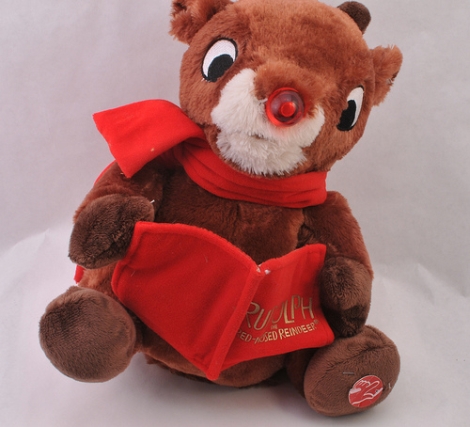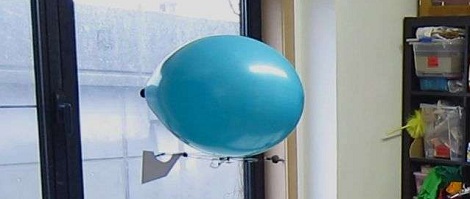
For a number of children born of geek parents, the WowWee Tribot is sure to make an appearance underneath a Christmas tree this year. By New Year’s, though, this toy will surely make its way to the back of a closet to sit unused until spring cleaning. It’s a shame to let such an interesting robotics platform go to waste, so [haltux] sent in a nice guide to unlocking the motor controller of this talking robot.
The ‘legs’ of the WowWee Tribot have three omnidirectional wheels mounted 120 degrees apart. We’ve seen this drive system before, so getting a pre-built platform out of the toy box is pretty interesting.
[haltux] found three H-bridges inside the Tribot and connected the direction and enable pins for each motor directly to an Arduino. The build was a success, and the new robot platform scurried along the floor. There are also rotary encoders on the Tribot, but these run at 12 Volts. [haltux] said he’ll cover these in a future post, and we’re waiting to see it.
















